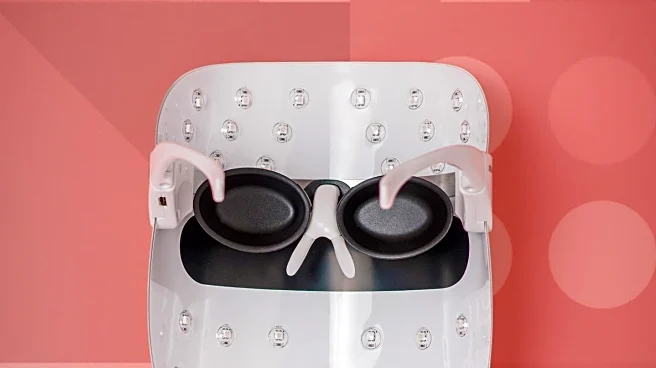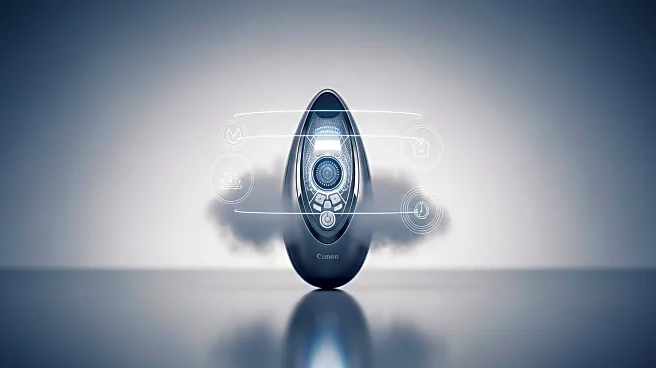What's Happening?
LED masks are gaining popularity as a treatment for acne, particularly for inflammatory types such as cystic and hormonal breakouts. These devices utilize blue, red, and near-infrared wavelengths to target acne-causing bacteria, reduce inflammation, and promote skin healing. Blue light is effective in penetrating the upper layers of skin to kill P. acnes bacteria, while red light calms inflammation and boosts collagen production. Near-infrared light supports long-term skin repair. Dermatologists recommend consistent use of LED masks, typically 3-5 times a week, to see significant improvements. While these masks are effective for inflammatory acne, they are not suitable for comedonal acne like blackheads and whiteheads.
Why It's Important?
The use of LED masks represents a significant advancement in acne treatment, offering a non-invasive option for individuals struggling with inflammatory acne. This technology provides a targeted approach to managing acne, potentially reducing the need for more aggressive treatments like oral medications. The ability to treat acne at home with LED masks can empower individuals to take control of their skincare routine, potentially improving self-esteem and quality of life. However, the cost of these devices and the need for consistent use may limit accessibility for some users.
What's Next?
As LED mask technology continues to evolve, we may see more affordable and accessible options entering the market, making this treatment available to a broader audience. Dermatologists may increasingly recommend LED masks as part of a comprehensive acne treatment plan, especially for patients seeking alternatives to medication. Continued research and development could lead to improved efficacy and new applications for LED therapy in skincare.
Beyond the Headlines
The rise of LED masks highlights a growing trend towards technology-driven skincare solutions. This shift may influence the beauty industry to invest more in research and development of high-tech skincare products. Ethical considerations regarding the marketing and accessibility of these devices may arise, as companies balance profit with consumer needs.











